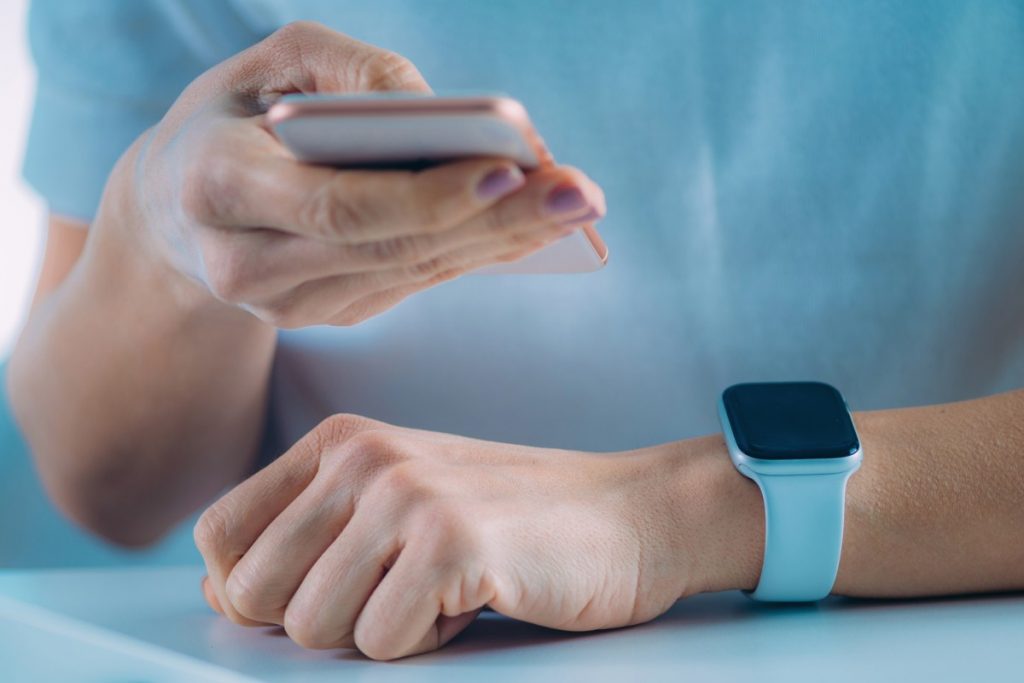Most of the people don’t take diabetes as a serious disease until its too late. The excess blood sugar in the body can damage blood vessels all over and can cause complications. It can severely damage the eyes, kidneys, nerves, and other body parts and might well cause sexual problems, and double the risk of heart attack and stroke.
The technology is doing wonders, as this new diabetes diagnosis method seems to be a critical development for sugar patients. A team from the University of California, San Francisco, has shown promising potential in using a smartphone camera to diagnose type 2 diabetes. Goodbye to the old-conventional diabetes apparatus!
Novel research demonstrates a technique that needs no additional hardware other than a functional smartphone camera and proved itself to be 80 percent accurate in detecting diabetes. Good news for sugar patients as the new method is much more convenient.
“Diabetes can be asymptomatic for a long period, making it much harder to diagnose,” says lead author on the new study, Robert Avram. Noninvasive and widely-scalable tools to detect diabetes have been lacking efficacy, motivating us to develop this algorithm.”
The advanced system bases on photoplethysmography (PPG), a technique where light can be shone into the tissue to detect blood volume changes. PPG is perhaps most commonly known for the little finger clamp doctors use to measure heart rate and blood oxygen levels.
The researchers hypothesized PPG data, captured by a smartphone camera, may also be able to detect vascular damage caused by diabetes.
The Way To Go:
The first step was to develop a deep-learning algorithm that could wade through millions of PPG recordings and find out whether this biomarker could effectively identify subjects with diabetes from healthy subjects. The deep neural network examined 2.6 million PPG recordings from 53,870 individuals with diagnosed diabetes.
After developing the algorithm, the researchers tested its ability to detect diabetes solely from smartphone PPG data in three separate cohorts, collected using the device’s flashlight and camera applied to the patient’s fingertips. The system ideally detected diabetes in around 80 percent of subjects. The predictive potential of the algorithm improves even further when it combines with other necessary patient data such as body mass index and age.
“The team demonstrates that the algorithm’s performance is comparable to other commonly used tests, such as mammography for breast cancer or cervical cytology for cervical cancer. Its painlessness makes it attractive for repeated testing,” suggests Jeffrey Olgin, another author on the new study.
“A widely accessible smartphone-based diagnosis like this could be used to identify and encourage individuals at higher risk of having prevalent diabetes to seek medical care and obtain a low-cost confirmatory test with ease.”
It will take a little while before the work finally translates into some diabetes-detecting app for smartphones; however, this is an incredibly promising proof-of-concept development. The researchers are cautious to see the next steps will be determining how this particular digital tool can prove its effectiveness.
“The ability to detect a condition like diabetes that has so many severe health consequences using a painless, smartphone-based test raises so many possibilities,” says co-senior author Geoffrey Tison.
“The vision for a method like this is to assist in identifying people at higher risk of having diabetes, ultimately helping to decrease the prevalence of undiagnosed diabetes.”

